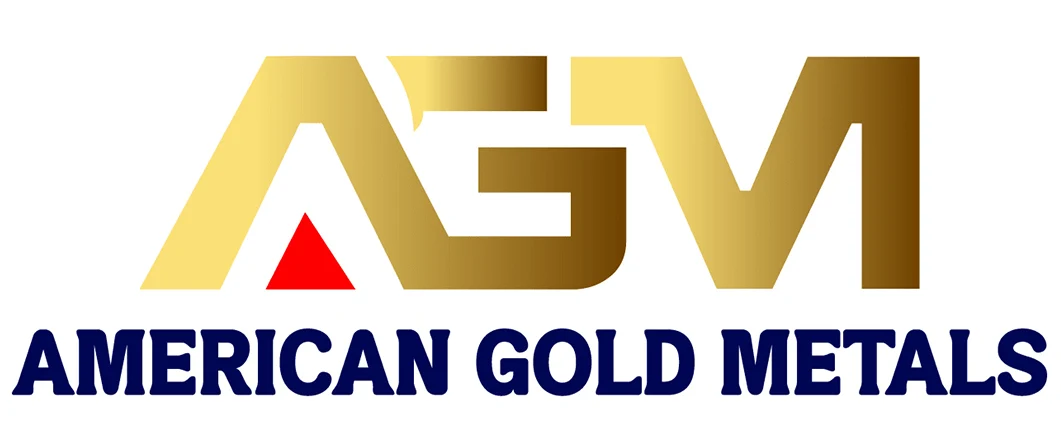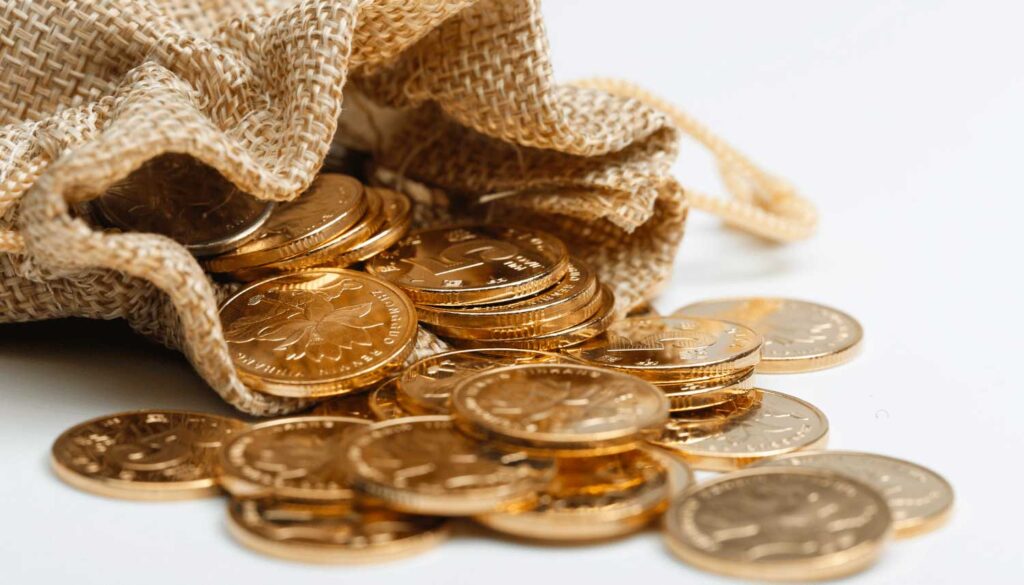Gold futures turned higher Monday, getting a boost from positive U.S. manufacturing data and dovish comments about monetary stimulus from a U.S. central banker.
Lingering concerns about the euro zone following a manufacturing report that pointed to a 14th month of contraction, and a weaker dollar also kept prices supported, although gold has given up some of its early advance.
Gold futures for December delivery GCZ2 +0.46% gained $3.90, or 0.2%, to $1,777.40 an ounce on the Comex division of the New York Mercantile Exchange.
Prices traded as high as $1,794.40 an ounce earlier. The gains follow a Friday when gold clinched its biggest quarterly gain since 2010, rallying as a third round of quantitative easing in the U.S. fanned fears of inflation and currency depreciation in which gold thrives as a store of value.
The implications of endless quantitative easing were back at investors minds on Monday after Charles Evans, president of the Federal Reserve Bank of Chicago, praised the Fed’s decision to buy more bonds in an interview with CNBC. Evans: New stimulus step in the right direction.
Evans “was extremely dovish,” said Phillip Streible, a senior commodities broker at RJO Futures. “He was full-throttle on QE,” which helped mainly gold and silver, he added. See: Gold is getting less and less of a boost from QE.
Silver for December delivery SIZ2 +1.17% was up 14 cents, or 0.4%, to $34.73 an ounce.
Silver, by virtue of being a smaller market and a cheaper asset, felt the effects the most, Streible said.
Silver and other metals more closely linked with industrial uses were also getting a boost from a surprise rise for a gauge of U.S. manufacturing index.
The data surprised investors, who expected manufacturing was not going to deteriorate any further but still point to a level just below expansion.
The Institute for Supply Management’s manufacturing gauge rose to 51.5 from 49.6 in August, the highest reading since May.
Economists surveyed by MarketWatch had expected readings at 49.7 in September, compared to 49.6 in August. A figure of less than 50 indicates a contraction. See: U.S. manufacturers expand in September.
Markets continued to wait for a speech by U.S. Federal Reserve Chairman Ben Bernanke, where he’s expected to delve into more details about the latest round of monetary easing. U.S. stocks traded higher. See: U.S. stocks extend rally after strong ISM data.
In Europe, a manufacturing gauge edged higher but still signaled a contraction for the 14th month. See: Markit points to 14th straight month of a contraction in Europe.
Data from China painted a bleak picture, as the official Purchasing Manager’s Index showed Chinese manufacturing contracted for a second straight month in September. See: China manufacturing contracts for second month.
The Bank of Japan’s quarterly Tankan survey showed business sentiment at large Japanese manufacturers deteriorated in September. See: Japan big manufacturers’ sentiment worsens: Tankan.
“Overall we see prices being influenced by the tug of war between the bearish fundamentals and the bullish QE and stimulus,” said William Adams, head of research at FastMarkets, in a note.
Elsewhere in the metals complex, most metals futures traded higher as well, tracking gold.
December copper HGZ2 +0.73% rose 2 cents, or 0.6%, to $3.78 a pound.
January platinum PLF3 +0.59% rose $10.60, or 0.6%, to $1,679.90 an ounce, while palladium for December delivery PAZ2 +0.59% advanced $4.75, or 0.7%, to $645.55 an ounce.
Claudia Assis and Sara Sjolin, MarketWatch – October 1, 2012






